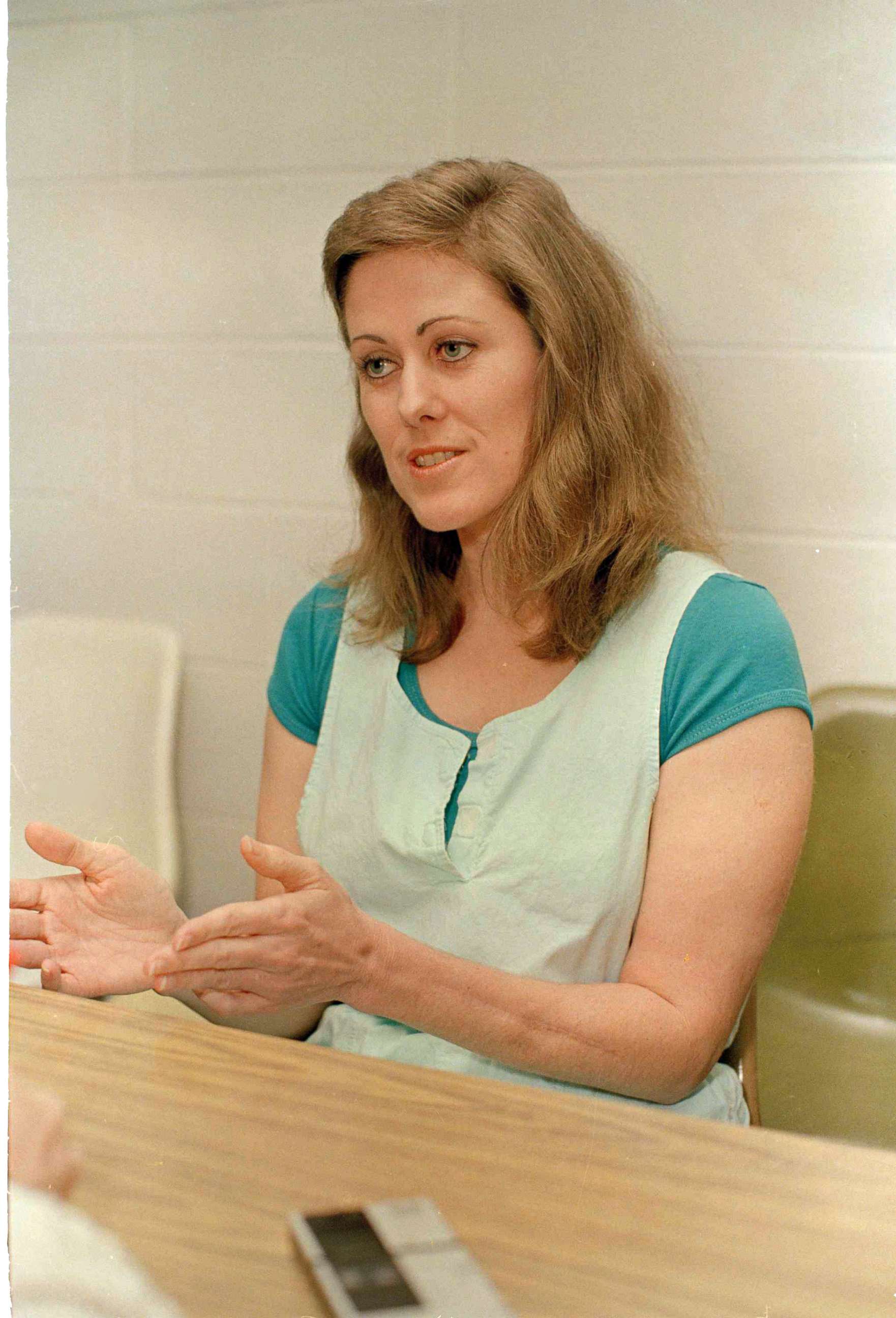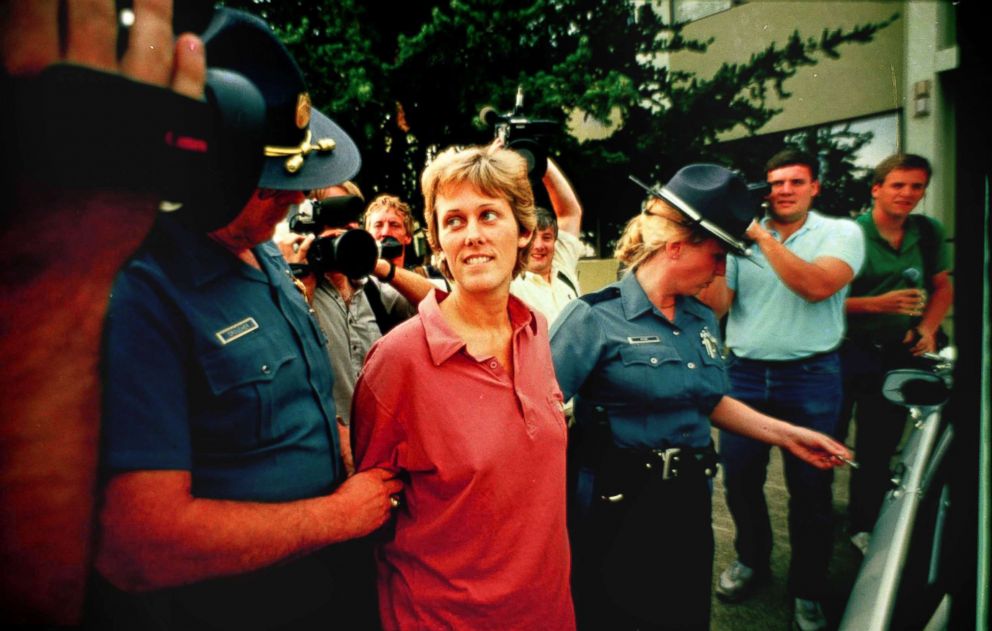Man who hid child murderer Diane Downs after her escape from prison says ‘I should’ve turned her in, but I didn’t’
Wayne Seifer helped Diane Downs hide for over a week after she escaped prison.
Wayne Seifer and his wife, an inmate at Oregon Women's Correctional Center, were separated and not on speaking terms, but he says that didn’t stop her from sending a fellow inmate to his home one Saturday morning unannounced and on the run from state and local police.
That inmate was Diane Downs, a woman who had been sentenced three years earlier to prison for life plus 50 years for shooting her three children and killing one of them.
Watch the full story on "20/20" THIS FRIDAY, March 22 at 9 p.m. ET on ABC.
On the morning of Saturday, July 11, 1987, Downs scaled the 12- to 15-foot-high chain link fence surrounding the women’s prison while guards weren't looking, used clothing to protect herself from the barbed wire on top and jumped down to freedom on the other side.
“I was dumbfounded when I heard it,” said Doug Welch, a former detective with the Lane County Sheriff’s Office, who worked on the case that led to Downs’ conviction. “How can this happen? … This was one of the most notorious female inmates in the state, and somehow she’d gotten over the wall and escaped.”
Seifer’s home was only a few blocks away. But with a scarcity of leads — their one witness led to a dead end — and a flood of tips stretching as far as Wisconsin, it would take authorities 10 days to find Downs.
“We were following up on lots of tips… But it was frustrating because nothing was panning out,” said Loren “Larry” Glover, the former Oregon State Police detective who eventually found the key clue that would lead to Downs’ arrest.

Glover said he feared Downs would go looking for her kids to potentially harm or kidnap them, and said that the pressure to find her intensified once the escape caught the attention of the governor’s office and the media.
During that time, Downs was shacking up with Seifer, who had been living in the house with his two friends. “We were kind of just living on the edge at the time,” Seifer said, noting that he himself was addicted to heroin at the time.
On the morning Downs showed up, he said that he was hungover and that Bob came up to his room to tell him someone was downstairs who wanted to talk to him. “So I walk downstairs, still a little bit bleary-eyed, and she said, ‘Could I stay?’ And I said ‘Why not?’ and I went back upstairs to sleep,” Seifer said.
He said that Downs eventually introduced herself a couple of hours later not as Diane Downs but as just "a girl with no clothes on" and that they had a sexual relationship while she was hiding out there.
“I was a nervous wreck, you know. I didn’t see a sober minute... My only job was to keep her there; keep her from going out and harming anybody,” Seifer said. “I should’ve turned her in, but I didn’t.
With none of the leads working out four days after Downs’ escape, Glover went back to the penitentiary to look at Downs’ property, which had been collected in a cardboard box. Inside, he found clothes, a map of Mexico and a clipboard with some stationery for writing letters on it.
The stationery was blank, but when he looked at it against the light in a certain way, Glover noticed indentations on the paper. They were remnants of a map that had been drawn onto the sheet of paper on top, Glover discovered after the FBI created a photostatic copy of it.
This map, Glover said, had a line going from top to bottom, which he believed was State Street, the road where the prison was located. On the bottom-left corner was a box he believed to be the prison and on the top was the address to Seifer’s home.
Glover wasn’t there when the authorities raided Seifer’s home looking for Downs; he was on vacation with his family. But on that day, upwards of 40 officers stormed into the home and then into Seifer’s bedroom to apprehend Downs, Seifer said.
“She was going to grab a BB gun and just go suicide by cop, but I said, ‘Don’t do that,’ and she put the BB gun down, and she went without a fight. Turned her hands over and put her hands behind [her] back.”

Seifer said that he knew the police were eventually going to find Downs and that he’d get in trouble for it. “When it came my time to burn, I was just going to tell the truth and get it over with,” he said.
He said he has been asked “a million times” why he didn’t turn Downs in, and he says he still doesn’t have an answer other than his drug use at the time. After her capture, Diane received an additional five-year sentence. She is currently incarcerated in Chowchilla, California.
Seifer pleaded guilty to hindering prosecution for harboring Downs and sentenced to five years probation and six months in a restitution center in Salem.
ABC News' Joseph Diaz and Sean Dooley contributed to this report.




